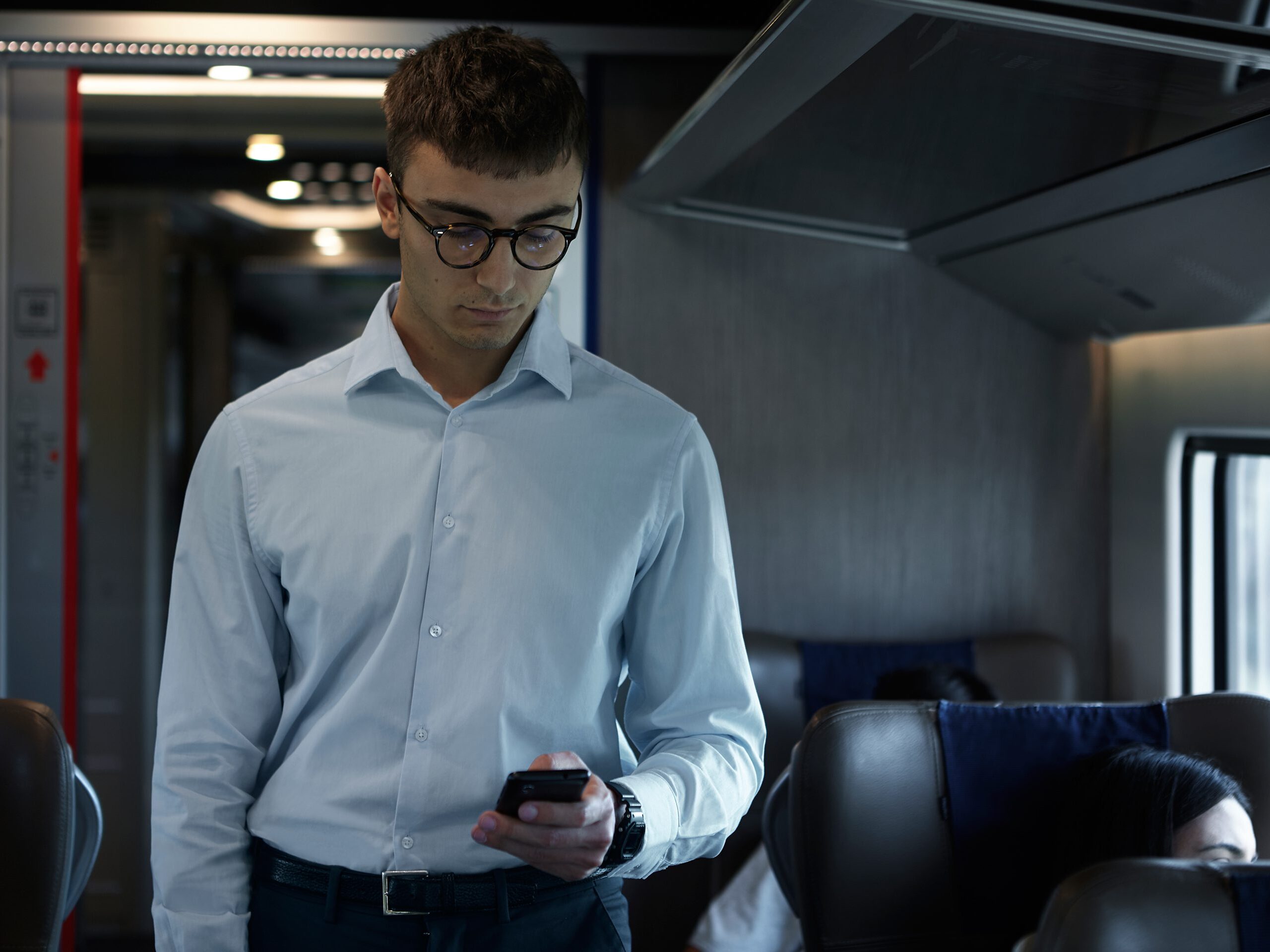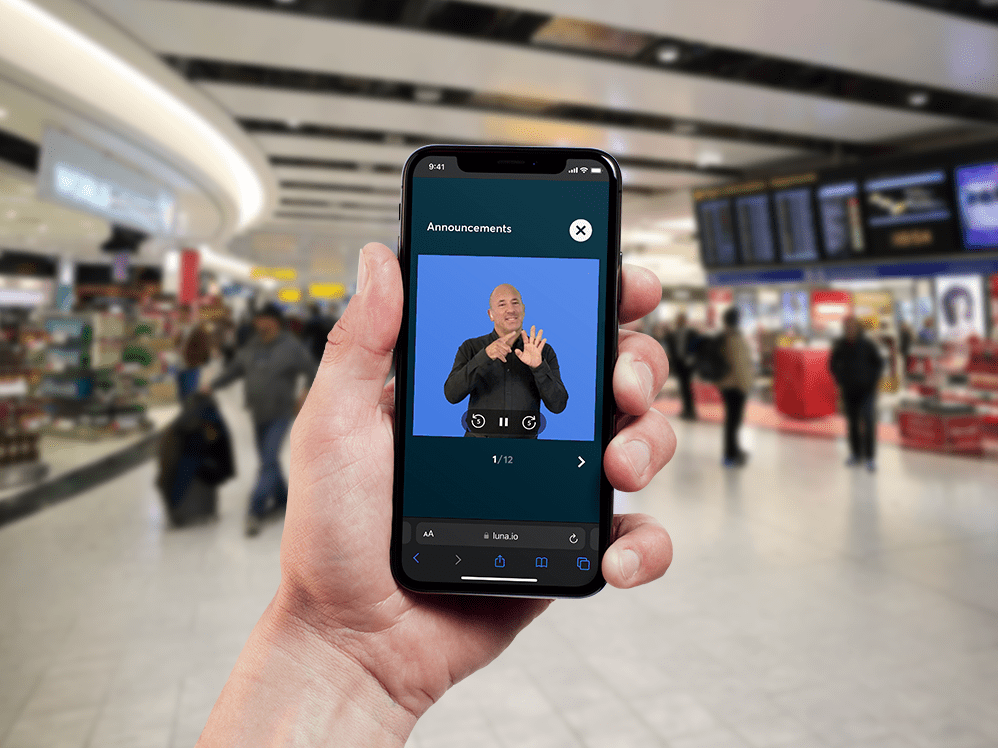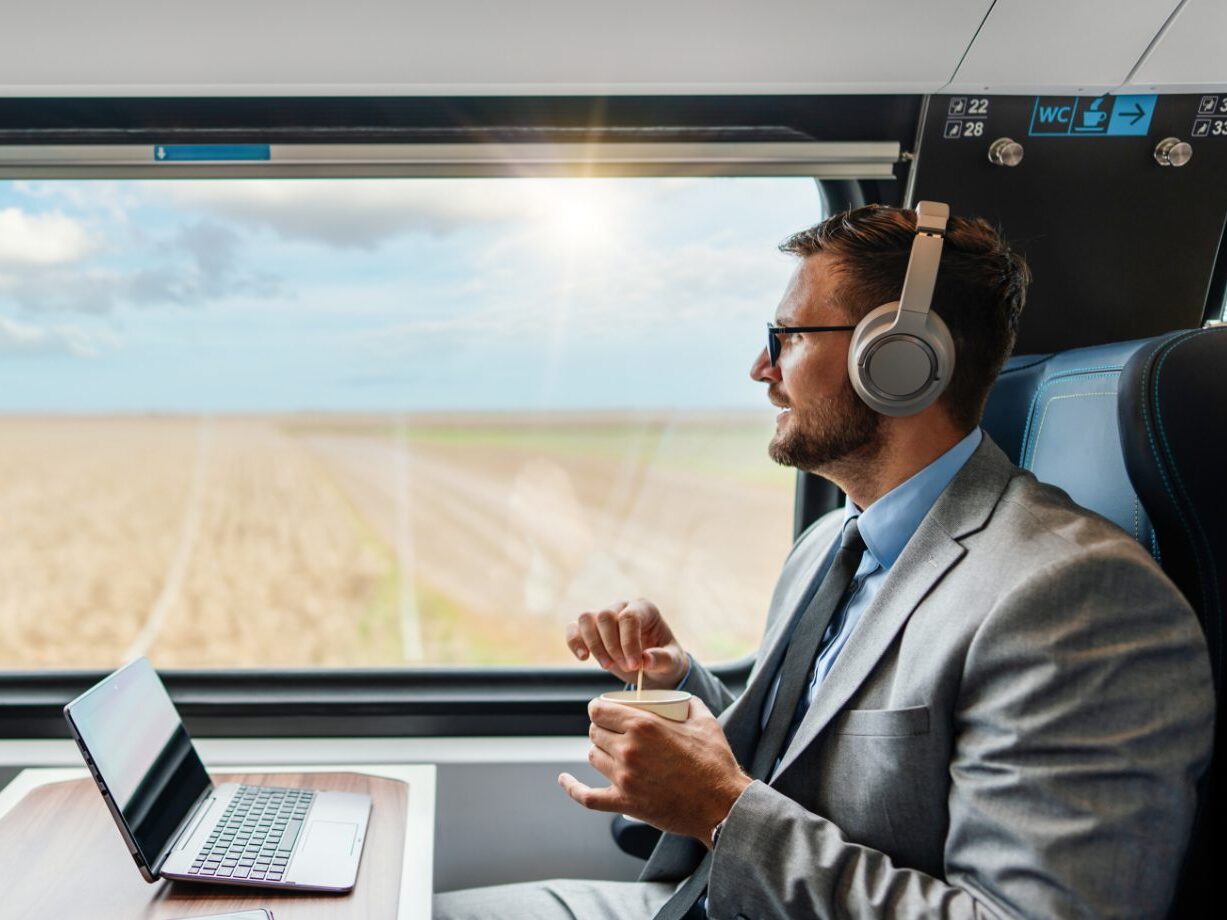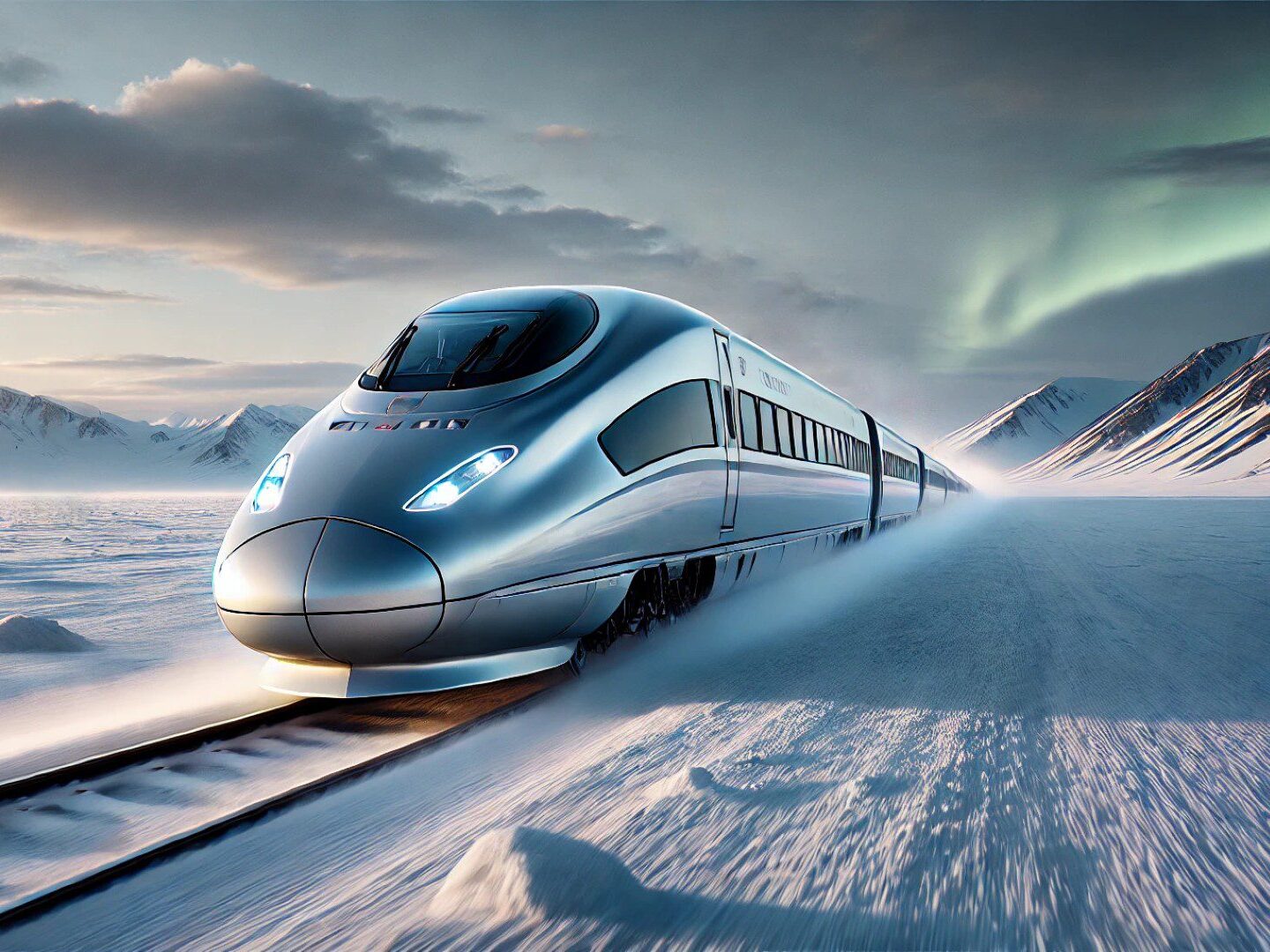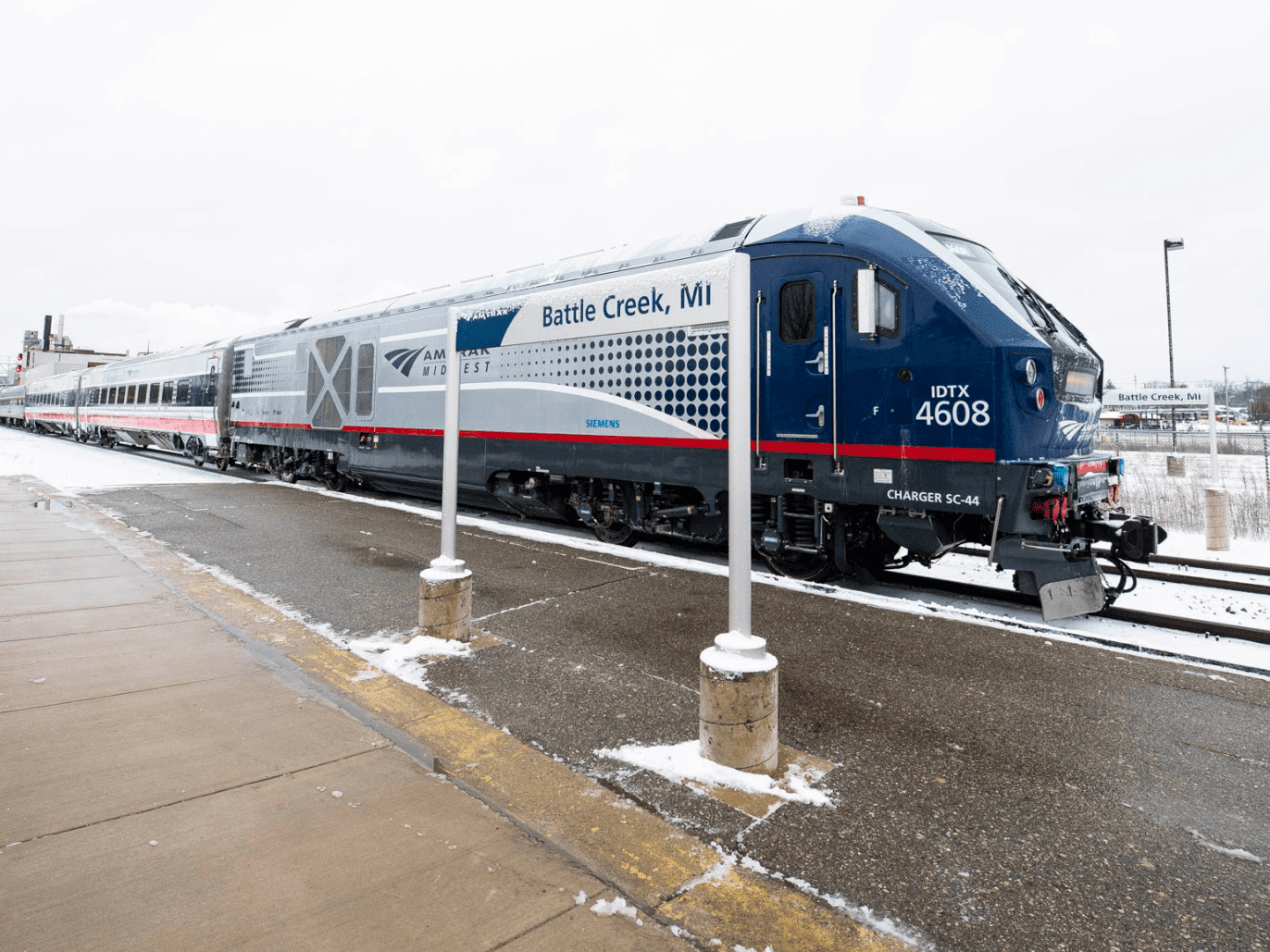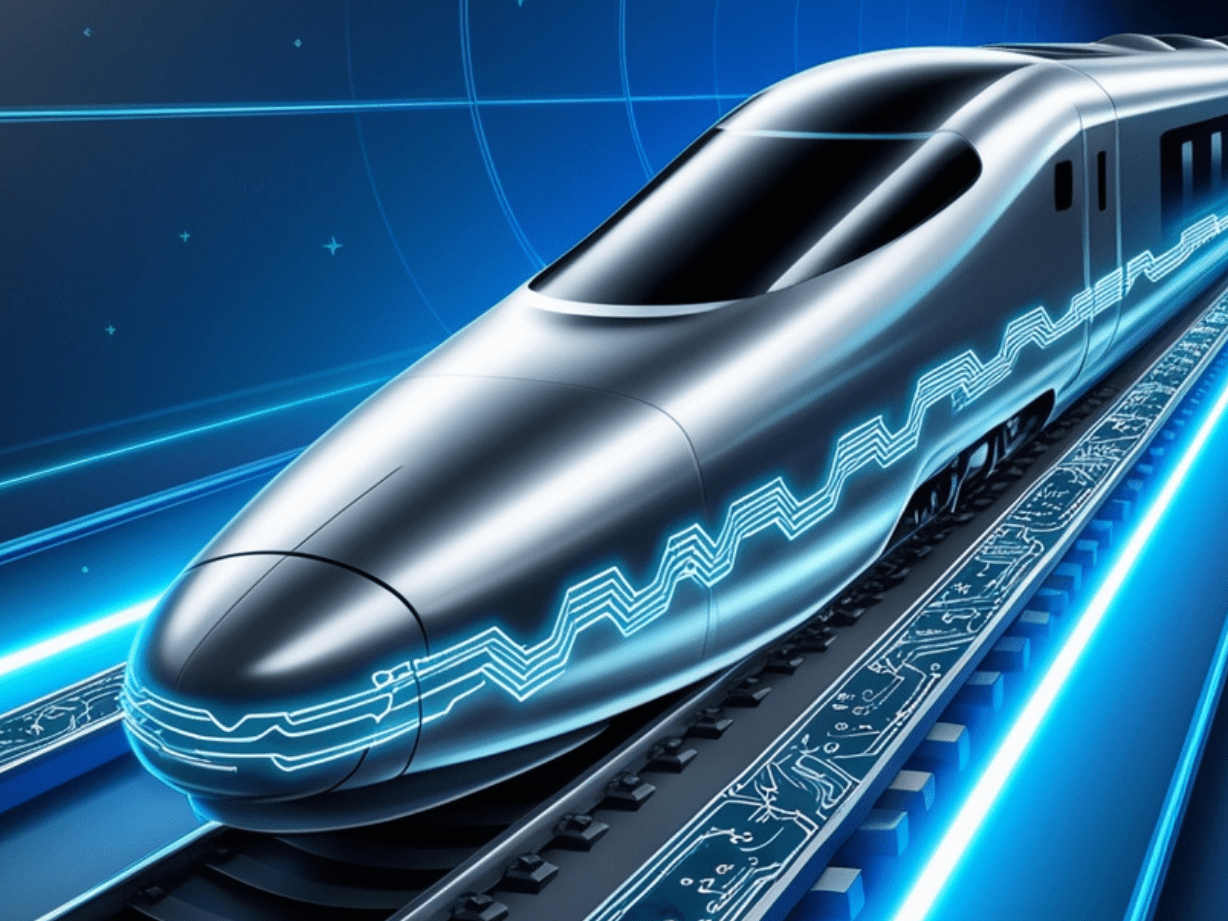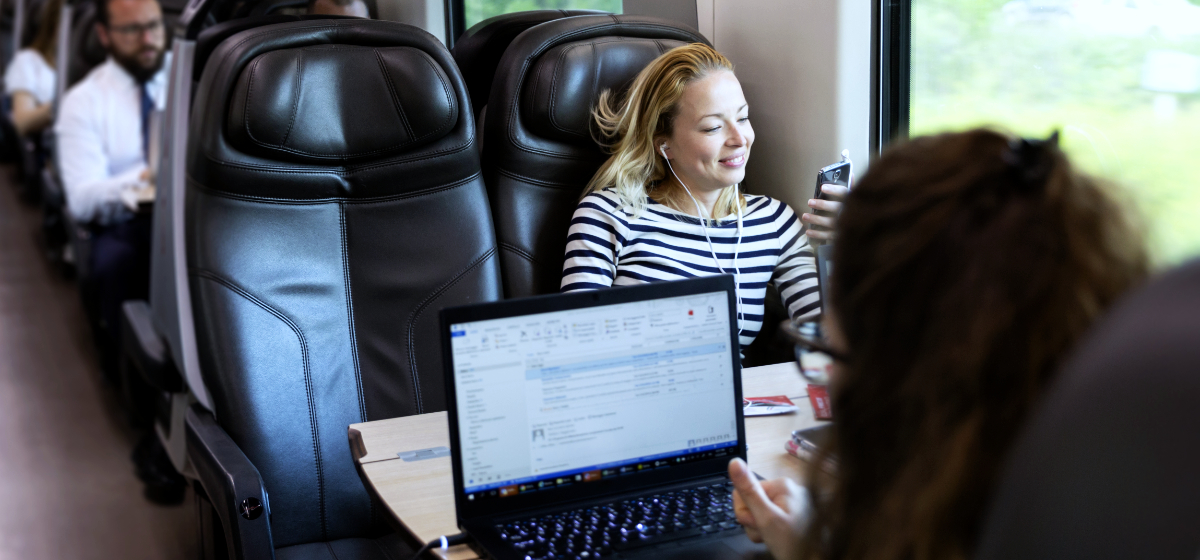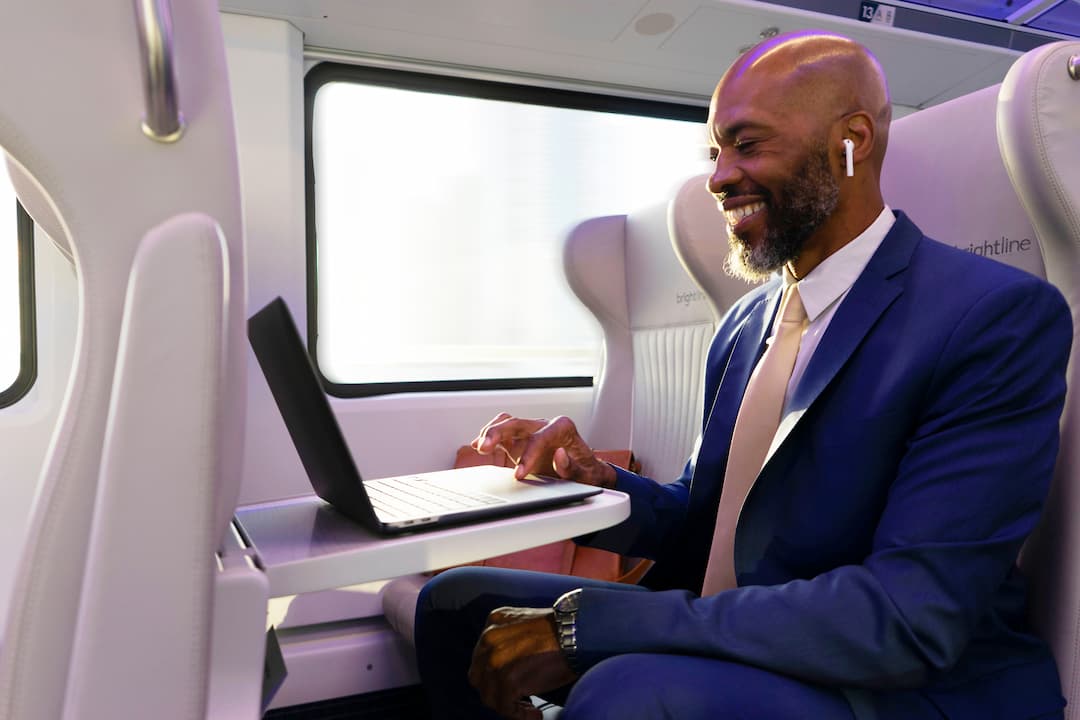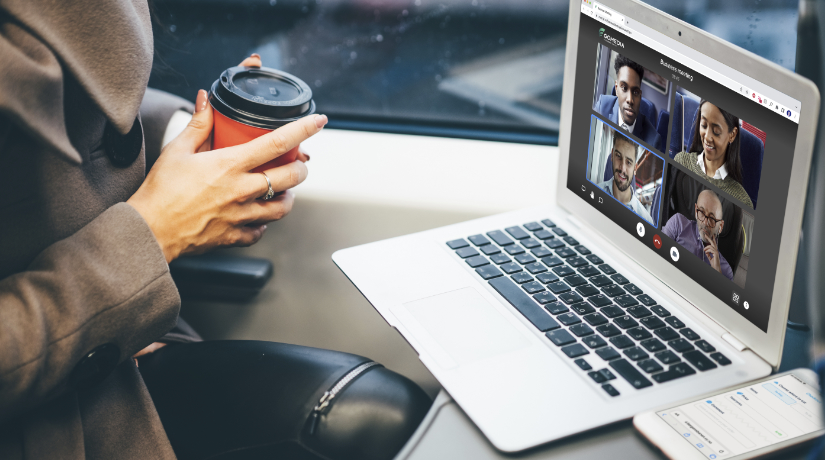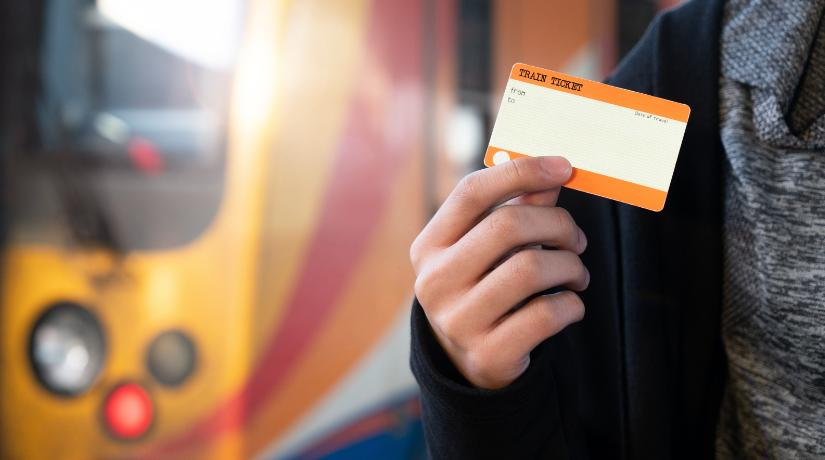How can transit agencies ensure their fleets remain secure and that passengers and staff feel safe?
Digital video surveillance is quickly becoming one of the most popular tools used to mitigate safety and security risks, but there is so much more involved than just setting up cameras.

We asked some tough questions to two digital video surveillance industry experts, Anthony Spadaro, Product Manager at Icomera and Anthony Incorvati, Transportation Segment Leader at Axis Communications.
From storage strategies to tech upgrades, get ready to dive in deep and learn how to stay ahead of the curve—and keep a transit network safe.
Tough Question #1 Explain How Prevention Is Better than a Cure When It Comes to Transit Safety + Security
Anthony Spadaro: From a public point of view, knowing that there is a functioning video surveillance system aboard a transit vehicle makes it less likely that someone would be willing to commit a crime and engage in illegal activities. To go a step further, when the public understands that the onboard video surveillance system is a proactive one (can stream real-time video to a Security Control Center) versus a reactive system (only being able to record and review video after an event has occurred) individuals are even less likely to commit crimes as the chance of being caught increases dramatically.
Anthony Incorvati: Threats come in all shapes and forms when it comes to transit – ranging from cybersecurity threats, worker assaults, passenger assaults and insider threats. Transit systems are porous by design in order to move many people at a time—so there is no single, magic cure for safety and security. Instead, a layered approach toward prevention that utilizes people, processes and technology is best. It’s a continuous, challenging process — but it is certainly better than reaction. If you must react in certain cases, it is probably too late. As a part of prevention, a level of prediction is needed. While technology is not always the answer, the use of advanced tech like computer vision, can help to better understand the operation and offer a level of analysis to predict and prevent future situations.
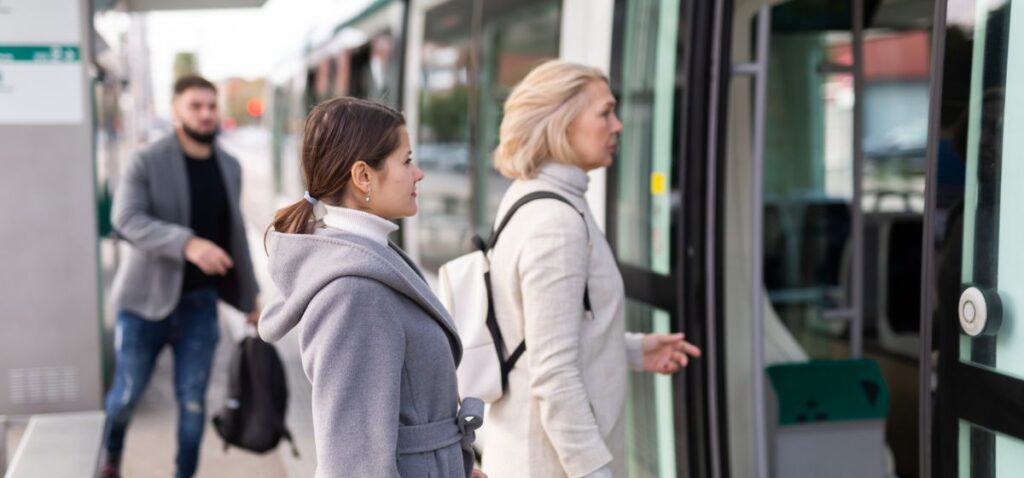
Tough Question #2: What Are the Most Unique Use Cases for Onboard Video Surveillance?
Anthony Spadaro: Video surveillance onboard transit vehicles is something that has been in use for quite some time now, so the overall solution is not necessarily considered unique.
What is unique is the more recent transformation from analog systems to IP-based systems which gives much more flexibility to the video surveillance system. For example, with a modern IP based solution, agencies can now stream live video while the vehicle is in operation. This is especially useful when combined with video analytics which can trigger an alarm if certain behaviors or objects are detected such as aggressive actions or weapons. These triggers or “alarms” can notify the Security Operations Control Center so that they can view the situation on the vehicle in real-time and take appropriate actions.
With IP-based video surveillance systems, it is possible to store video on-board and offload the video automatically when the vehicle is within range of a secure Wi-Fi signal either at a station or depot. This minimizes the need to send personnel onboard to retrieve hard drives.
Anthony Incorvati: One unique use case, is to put a new spin on an existing application by using modern technology to take a more holistic approach toward protecting operators from assault.
When a transit vehicle has a disruptive person or other safety/security problem on board, it is critical that the transit agency receives the specific vehicle and location details to call into the relevant cameras and audio devices and respond to, and help resolve, the incident. Transit worker assaults are a big issue in the industry and technology can help reduce these incidents, making it safer for operations and passengers alike. To accomplish all of this, a systemic is essential, proper cameras and audio sensors, communications infrastructure, and various alarms such as a “see something – say something” app or an operator panic button that triggers a live video feed.
Tough Question #3: How Has Video Surveillance Progressed in Just the Last Three Years since the Pandemic?
Anthony Spadaro: The area where I have seen the most progress is where video analytics are involved. During the pandemic, video analytics in combination with video surveillance systems were used to identify face mask compliance, vehicle loading (overcrowding), and passenger counting. Transportation agencies are now more open to using these AI technologies, not only in the aforementioned cases, but also for operational efficiency improvements through applications such as track condition monitoring, and pantograph monitoring.
Anthony Incorvati: Video surveillance has progressed through more powerful processors within the camera, on prem and in the cloud that are capable of powering deep-learning analytics. As a result, AI applications can run within the camera, essentially pushing real-time processing to the ultimate edge of the network. Accordingly, we are seeing special algorithms being created for forward-facing camera views ideal for transit which—among other things—can provide a higher-level of driver behavior analysis.
Tough Question #4: AI Is Certainly a Hot Topic Today; What Is AI as It Pertains to Video Surveillance?
Anthony Spadaro: “AI” or video analytics is where applications are developed to receive live video streams from selected cameras and identify pre-determined actions, events, or objects that will trigger an alarm. These actions, events or objects are used to train the application model so that the system only reacts when these conditions are met. During the development phase, we use recorded video and annotate the scenes so that over time the algorithm becomes more accurate and lowers the number of false alarms.
The general idea behind video analytics is that there can be thousands of video streams/cameras in use, and it would be very difficult to monitor all streams in real time. Using video analytics allows the operator to receive alarms based on these pre-determined events so that they can more efficiently focus on video streams/cameras when an event occurs.
Anthony Incorvati: As my friends at Carnegie Mellon would tell you, AI has been around for many, many years. However, the recent quantum leap in GPU computing power is driving advancements. In simplest terms, if a camera can see it, algorithms can be developed to analyze it – and practically whatever “it” may be. I have been saying for the last 3-4 years that this technology boom is coming like an avalanche, and we are just starting to feel the first flakes of snow.
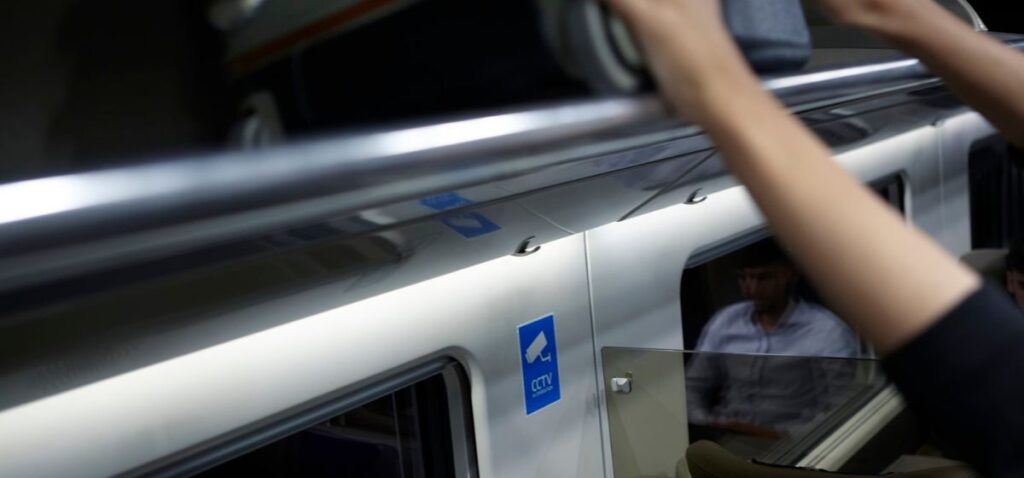
Tough Question #5: What Happens to the AI Video Analytics That Are Collected Onboard?
Anthony Spadaro: Normally this type of data is subject to the local General Data Protection Regulations (GDPR). The data which is processed in the case of Icomera video analytics is immediately anonymized so that there is no personal data being used or stored in any way. All onboard data, related to video analytics, is only seen as metadata once it has been processed and is fully GDPR compliant.
Anthony Incorvati: An educational shift is happening (or needs to happen) in which, if required, only the metadata is collected and transferred. There is no need to stream huge amounts of data for AI algorithms to function properly. For example, if you want to analyze how many people are standing on the vehicle over time, the algorithms would analyze this and only collect and send the metadata associated with numbers of people standing—without having to send or save the actual image of the person standing. This allows for greater speed, more actionable insights and lower storage requirements.
Tough Question #6: What Would You Say to Somebody Who Thinks “I’ll Just Wait until Development Calms Down a Little Before I Get Involved”?
Anthony Spadaro: From a transit security standpoint, transit agencies should not delay the implementation of video surveillance and video analytics since these systems directly support the security and safety of the passengers as well as the operator’s staff. Also, being involved at an earlier stage of development allows agencies to have influence with regards to the functionality and output of the system. It is never too early to make the decision to improve the security of your passengers and staff and I would highlight the fact that most video surveillance systems and video analytics applications are proven to perform as intended and are no longer considered to be “science projects”.
Anthony Incorvati: When it comes to technological advancement and in general, if you wait and see what comes next, you just might wait yourself out of business. The future is now in this technology and digitalization revolution. The longer folks wait, the further they will be behind and maybe never catch up. That said, it is important to do your research and properly vet technologies, manufacturers, and partners. This is key to establishing trust, identifying the right solutions, and setting proper expectations. When it comes to transit, ridership levels are in a precarious state and restoring confidence and safety to the traveling public is at the forefront of many transit agencies, so there is no question that modern technology can help address transit challenges.
Tough Question #7: Give Me the Big No-Nos of Onboard Video Surveillance
Anthony Spadaro: I would be weary of any onboard video surveillance system that “locks in” the operator by only allowing equipment/cameras from the same manufacturer to be used.
It is best to invest in agnostic hardware, so that as technology changes, a fleet can upgrade different components separately rather than replace an entire solution. I would also avoid any analog-based systems since this technology is quickly disappearing from the market and will be very difficult to support in the future, not to mention the lower quality video produced by these systems.
Anthony Incorvati: The analog to digital revolution is essentially over. However, there are some folks that are still hanging on to analog video. In these cases, one is just delaying the inevitable. Another No-no is that one should never be held hostage by certain technology. Pick technology that can easily integrate into any platform and don’t pick a platform that restricts you from integrating current and future technology.
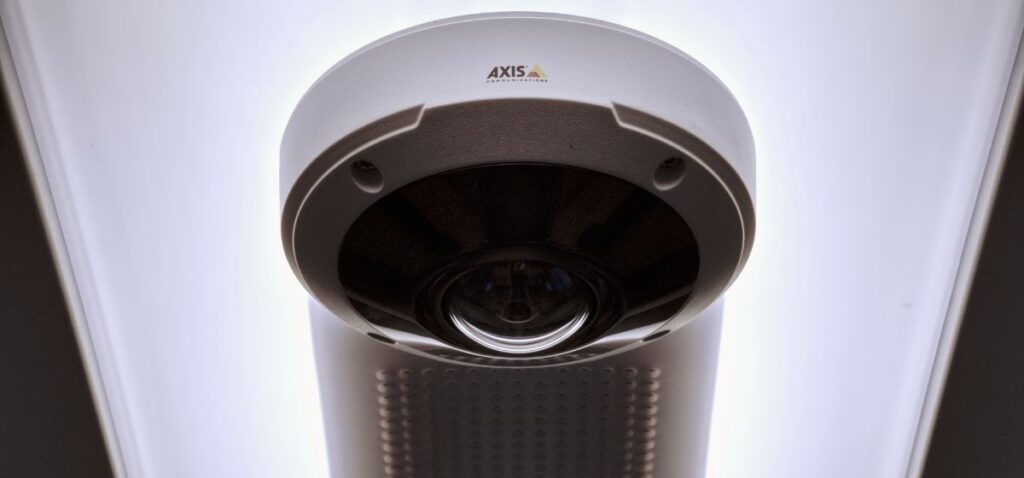
In summary, digital video surveillance can now answer a wide range of tough questions in today’s highly digital world. It helps transportation agencies manage their operations and enhance physical safety and security. From reducing potential risk factors associated with data storage to freeing up security personnel to focus on where they are needed most, digital video surveillance has the capacity to revolutionize many industries in a way that is not possible with traditional methods.
Digital video surveillance is certainly helping transit agencies discover new ways to tackle onboard situations.
This article was originally published by Icomera.


